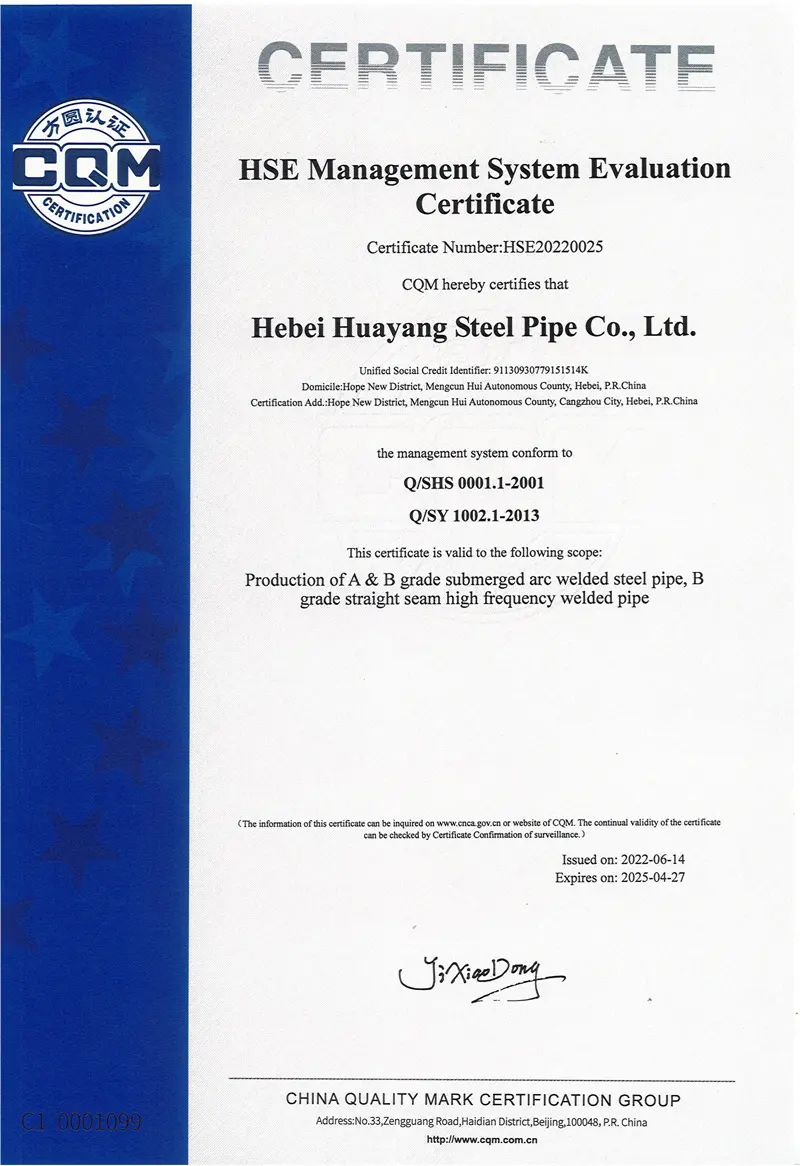
Nov . 12, 2024 15:40 Back to list
is hpmc safe
Is HPMC Safe? A Comprehensive Overview
Hydroxypropyl Methylcellulose (HPMC) has gained recognition in various industries, primarily as a food additive, pharmaceutical excipient, and in personal care products. As it becomes increasingly prevalent, the question of its safety arises. This article delves into what HPMC is, its uses, safety assessments, and potential concerns.
What is HPMC?
HPMC is a semi-synthetic polymer derived from cellulose. It is a white powder that is soluble in cold water and is known for its thickening, emulsifying, and film-forming properties. These characteristics make it a versatile ingredient used across multiple sectors, including food, pharmaceuticals, and cosmetics.
In food products, HPMC acts as a thickener, stabilizer, and texturizer. It is commonly found in processed foods, sauces, and dressings, contributing to their desired texture and consistency. In the pharmaceutical industry, HPMC serves as a binder in tablet formulations and as a controlled-release agent for drugs. In cosmetics and personal care products, it functions as a gelling agent and film former.
Safety Assessments
The safety of HPMC has been extensively studied and evaluated by various regulatory bodies, including the Food and Drug Administration (FDA) and the European Food Safety Authority (EFSA). These organizations have categorized HPMC as Generally Recognized as Safe (GRAS) when used in accordance with good manufacturing practices.
Several studies have investigated the potential toxicity of HPMC. These assessments have concluded that HPMC is safe for human consumption, with no significant adverse effects reported at normal dietary levels. For instance, the EFSA has reviewed the available data and deemed HPMC safe for use in food applications, with acceptable daily intake levels established.
is hpmc safe

Potential Health Concerns
While HPMC is considered safe for most individuals, some potential concerns may arise, particularly for those with specific sensitivities or health conditions. For example, as a cellulose derivative, HPMC is generally well tolerated; however, individuals with sensitivities to cellulose or its derivatives might experience allergic reactions, albeit rare. Symptoms may include rashes, itching, or gastrointestinal discomfort.
Another consideration is the potential for HPMC to affect digestion. Since it is a form of dietary fiber, excessive consumption of HPMC could lead to digestive issues such as bloating or constipation. However, such occurrences are typically related to overconsumption rather than HPMC itself being harmful.
Despite its widespread use, the long-term effects of consuming products containing HPMC regularly remain under investigation. Although current studies suggest no significant adverse effects, ongoing research is essential to ensure comprehensive knowledge of its long-term safety.
Conclusion
Given the evidence from regulatory bodies and contemporary research, HPMC can be considered a safe ingredient in food, pharmaceuticals, and cosmetics when used appropriately. Its smooth texture and functional properties enhance product quality across various applications, while its safety profile backed by comprehensive studies reassures consumers of its benign nature.
However, as with any food additive or ingredient, moderation is key. Individuals with specific sensitivities or health concerns should consult healthcare professionals before consuming products containing HPMC. As awareness grows and consumers become more health-conscious, transparency about ingredients in foods and personal care products will be paramount.
In summary, HPMC stands out as a multi-functional ingredient that plays a crucial role in various products. Its extensive safety assessments support its use, yet as with any substance, ongoing research and awareness are vital to ensuring consumer safety and confidence. Whether in a culinary creation, a medication, or a beauty regimen, HPMC remains a significant player in modern formulations, demonstrating that safety and functionality can coexist harmoniously.
-
Versatile Hpmc Uses in Different Industries
NewsJun.19,2025
-
Redispersible Powder's Role in Enhancing Durability of Construction Products
NewsJun.19,2025
-
Hydroxyethyl Cellulose Applications Driving Green Industrial Processes
NewsJun.19,2025
-
Exploring Different Redispersible Polymer Powder
NewsJun.19,2025
-
Choosing the Right Mortar Bonding Agent
NewsJun.19,2025
-
Applications and Significance of China Hpmc in Modern Industries
NewsJun.19,2025







